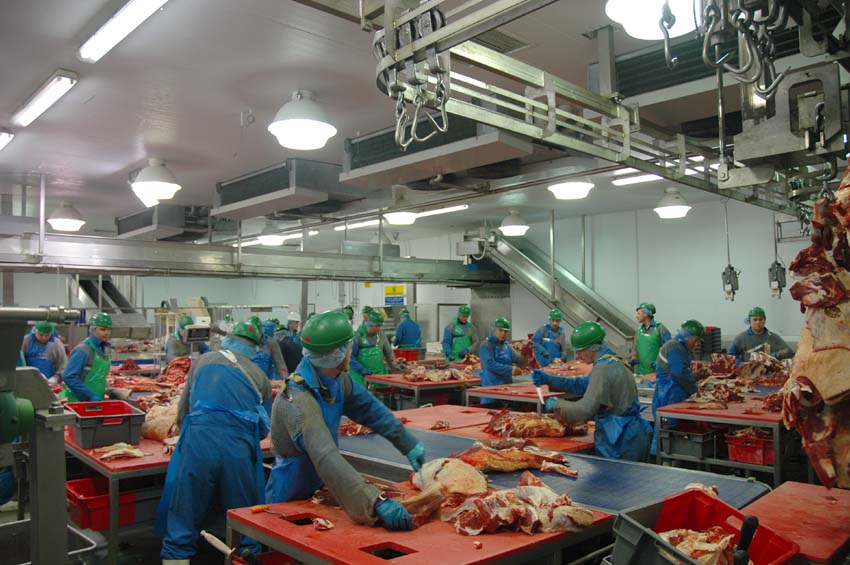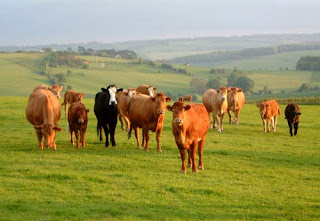A developed country or "more economically developed country" (MEDC), is a sovereign state that has a highly developed economy and advanced technological infrastructure relative to other less developed nations. Most commonly the criteria for evaluating the degree of economic development are gross domestic product (GDP), the per capita income, level of industrialization, amount of widespread infrastructure and general standard of living.Which criteria are to be used and which countries can be classified as being developed are subjects of debate.
Developed countries have post industrial economies, meaning the service sector provides more wealth than the industrial sector. They are contrasted with developing countries, which are in the process of industralization , or undeveloped countries, which are pre-industrial and almost entirely agrarian. According to the International Monetary Found, advanced economies comprise 65.8% of global nominal GDP and 52.1% of global GDP (PPP) in 2010. In 2011, the ten largest advanced economies by either nominal GDP or GDP (PPP) are the United States, Germany, France, the United Kingdom, Japan, Italy, Canada, Spain and South Korea.
In economics, underdevelopment is when resources are not used to their full socio economic potential, with the result that local or regional development is slower in most cases than it should be. Furthermore, it results from the complex interplay of internal and external factors that allow less developed countries only a lop-sided development progression. Underdeveloped nations are characterized by a wide disparity between their rich and poor populations, and an unhealthy balance of trade. Symptoms of underdevelopment include lack of access to job opportunities, health care, drinkable water, food, education and housing.



































